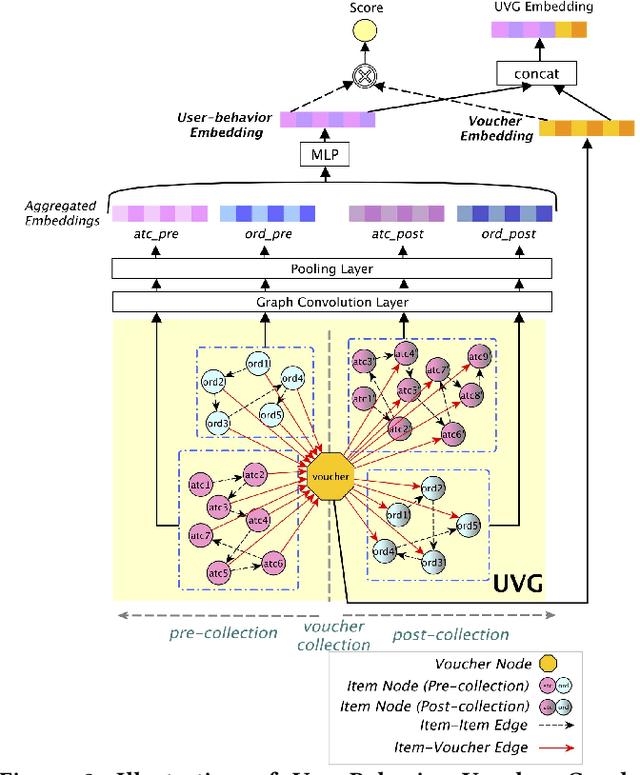Fengtong Xiao
DESCN: Deep Entire Space Cross Networks for Individual Treatment Effect Estimation
Jul 19, 2022



Abstract:Causal Inference has wide applications in various areas such as E-commerce and precision medicine, and its performance heavily relies on the accurate estimation of the Individual Treatment Effect (ITE). Conventionally, ITE is predicted by modeling the treated and control response functions separately in their individual sample spaces. However, such an approach usually encounters two issues in practice, i.e. divergent distribution between treated and control groups due to treatment bias, and significant sample imbalance of their population sizes. This paper proposes Deep Entire Space Cross Networks (DESCN) to model treatment effects from an end-to-end perspective. DESCN captures the integrated information of the treatment propensity, the response, and the hidden treatment effect through a cross network in a multi-task learning manner. Our method jointly learns the treatment and response functions in the entire sample space to avoid treatment bias and employs an intermediate pseudo treatment effect prediction network to relieve sample imbalance. Extensive experiments are conducted on a synthetic dataset and a large-scaled production dataset from the E-commerce voucher distribution business. The results indicate that DESCN can successfully enhance the accuracy of ITE estimation and improve the uplift ranking performance. A sample of the production dataset and the source code are released to facilitate future research in the community, which is, to the best of our knowledge, the first large-scale public biased treatment dataset for causal inference.
* KDD 2022
DMBGN: Deep Multi-Behavior Graph Networks for Voucher Redemption Rate Prediction
Jun 07, 2021



Abstract:In E-commerce, vouchers are important marketing tools to enhance users' engagement and boost sales and revenue. The likelihood that a user redeems a voucher is a key factor in voucher distribution decision. User-item Click-Through-Rate (CTR) models are often applied to predict the user-voucher redemption rate. However, the voucher scenario involves more complicated relations among users, items and vouchers. The users' historical behavior in a voucher collection activity reflects users' voucher usage patterns, which is nevertheless overlooked by the CTR-based solutions. In this paper, we propose a Deep Multi-behavior Graph Networks (DMBGN) to shed light on this field for the voucher redemption rate prediction. The complex structural user-voucher-item relationships are captured by a User-Behavior Voucher Graph (UVG). User behavior happening both before and after voucher collection is taken into consideration, and a high-level representation is extracted by Higher-order Graph Neural Networks. On top of a sequence of UVGs, an attention network is built which can help to learn users' long-term voucher redemption preference. Extensive experiments on three large-scale production datasets demonstrate the proposed DMBGN model is effective, with 10% to 16% relative AUC improvement over Deep Neural Networks (DNN), and 2% to 4% AUC improvement over Deep Interest Network (DIN). Source code and a sample dataset are made publicly available to facilitate future research.
 Add to Chrome
Add to Chrome Add to Firefox
Add to Firefox Add to Edge
Add to Edge